Types of Figs: [Characteristics, Origin and Classification]
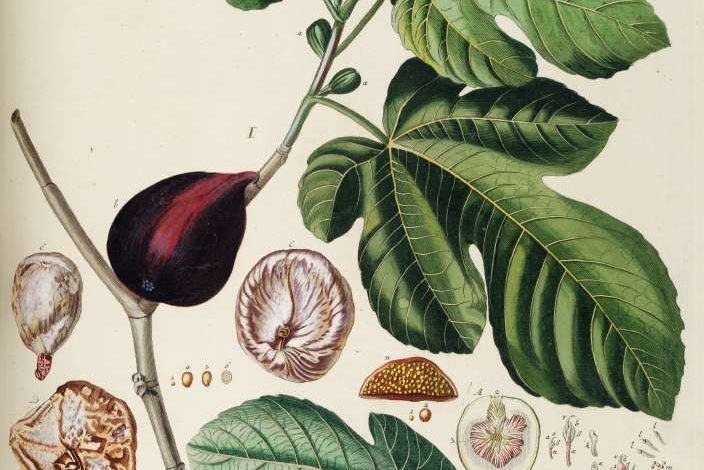
Characteristics of figs
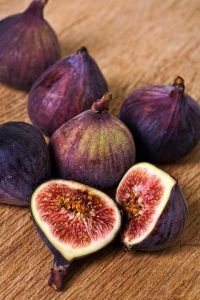 The fig is a delicious sweet fruit that thrives at the end of the summer season, towards the beginning of autumn. It comes from the Fig tree or Ficus carica.
The fig is a delicious sweet fruit that thrives at the end of the summer season, towards the beginning of autumn. It comes from the Fig tree or Ficus carica.
It is a seasonal fruit, focusing on the months of August and September in the case of the northern hemisphere and between February and March in the southern hemisphere.
It is a delicate fruit, as it is kept for a maximum of three days under refrigeration. For this reason, it abounds in preserves or fig puree used as a filling in pastries and to make a wine that is hundreds of years old.
It has a thin skin, a very soft pulp invaded by many seeds, which takes on shades ranging from green to purple.
Origin of fig cultivation
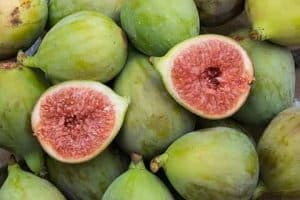 The origin of figs dates back to the Middle East, encompassing the eastern Mediterranean to western Asia.
The origin of figs dates back to the Middle East, encompassing the eastern Mediterranean to western Asia.
But it has been accurately determined that the fig has been present throughout the Mediterranean region since ancient times, when the fruit began to take off in Arab crops.
It was used as a preservative for cooked fruit and was the ideal predecessor of bread at the table. Currently, Turkey leads the world production of figs, followed by Egypt and Algeria, with 58% of the total.
This fruit has three large classification groups that depend on its color. Thus, white varieties can be identified, which when they reach the mature stage can be whitish, yellowish or even take on a green color.
Up to 750 different species of figs have been identified, including inedible ones. There are also varieties of red figs, where the light bluish -brown fruits should be added.
Likewise, nature gives us a variety of black figs, ranging from a dark red color, to black varieties, where purple-black figs stand out. Throughout its entire Mediterranean strip, Spain has various species of figs, according to the color of their skin and size or shape.
Main types of figs
common fig
This plant has individual pistillate flowers, which favors rapid multiplication and its fruit develops without depending on the pollination process carried out with the help of external agents, or by fertilization processes. The best known crops in this classification are:
- Light blue.
- BrownTurkey.
- Mission.
- Adriatic.
- Dotted.
capricorn
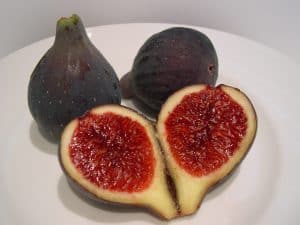 According to the educational portal Wikipedia, this fig crop is the oldest on Earth.
According to the educational portal Wikipedia, this fig crop is the oldest on Earth.
It needs the support of the Blastophaga psenes wasp, essential for fruit set during pollination, although it should be noted that most of its varieties are not edible.
It has pistillate flowers of little growth, rather short. And there are also functional-type staminate flowers.
Izmir or Smyrna
This variety can only produce fruit as long as its flowers are pollinated, with the help of pollen transportation from the male caprifig flowers, thanks to the efficient performance of the Blastophaga wasp, the Sari Lop.
Intermediate fig 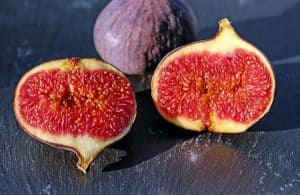 or San Pedro
or San Pedro
It is famous because they have a first harvest known worldwide as Breva, with crops that do not need pollination or fertilization of their flowers.
This is not the case with the second crop, since this will require pollination as occurs with the Smyrna-type Fig. The best known are the King, San Pedro and Gentile crops.
In Spain, you can currently find varieties of figs that are self-fertile, that is, they do not need to rely on the fertilization of the ovules of their flowers, with the help of the blastophagous wasp, so that fruits are born.
fig trees
Two fundamental types of fig trees are obtained in the Spanish region, which are the common ones and the re-blooming or biferous ones.
common fig trees
They can only give one harvest, which brightens the tables of their producers between the months of August to September.
Re-blooming or biferous fig trees
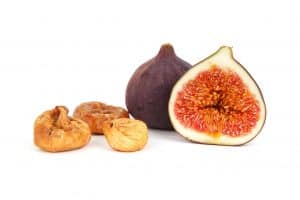 They are also known under the name of brevales or bacoreras. They are harvested twice, between periods from June to July and then from August to October.
They are also known under the name of brevales or bacoreras. They are harvested twice, between periods from June to July and then from August to October.
The figs in some trees may be of late production and never mature in the fall, so they are able to keep all winter to reach their full development by the following summer.
These brevas are popular because they allow a first tasting that makes their harvesters proud, because they acquire a larger size and that makes them commercially attractive, they sell well.
For this reason, brevales are usually planted on a larger scale. In winter, fig fruits will form on top of old wood and may then overwinter as small buds, expanded by 6 or 7 along a single branch.
After they burst, the plant can resist a second harvest of figs from the month of August, yes, with a smaller size but with more sweetness. The best varieties in Spain are:
- San Antonio.
- Strain Elche.
- BrownTurkey.
- Black Lady Collar.
- Blanca Betera.

![Photo of Margarita Cuttings: [Grafts, Time, Rooting and Planting]](https://www.complete-gardening.com/wp-content/uploads/2022/08/margarita-cuttings-grafts-time-rooting-and-planting-390x220.jpg)
![Photo of How to Plant Spinach: Basic Guide [Step by Step + Images]](https://www.complete-gardening.com/wp-content/uploads/2022/08/how-to-plant-spinach-basic-guide-step-by-step-images-390x220.jpg)

![Photo of Violet Flowers: [Examples, Care, Characteristics and Meaning]](https://www.complete-gardening.com/wp-content/uploads/2022/08/violet-flowers-examples-care-characteristics-and-meaning-390x220.png)